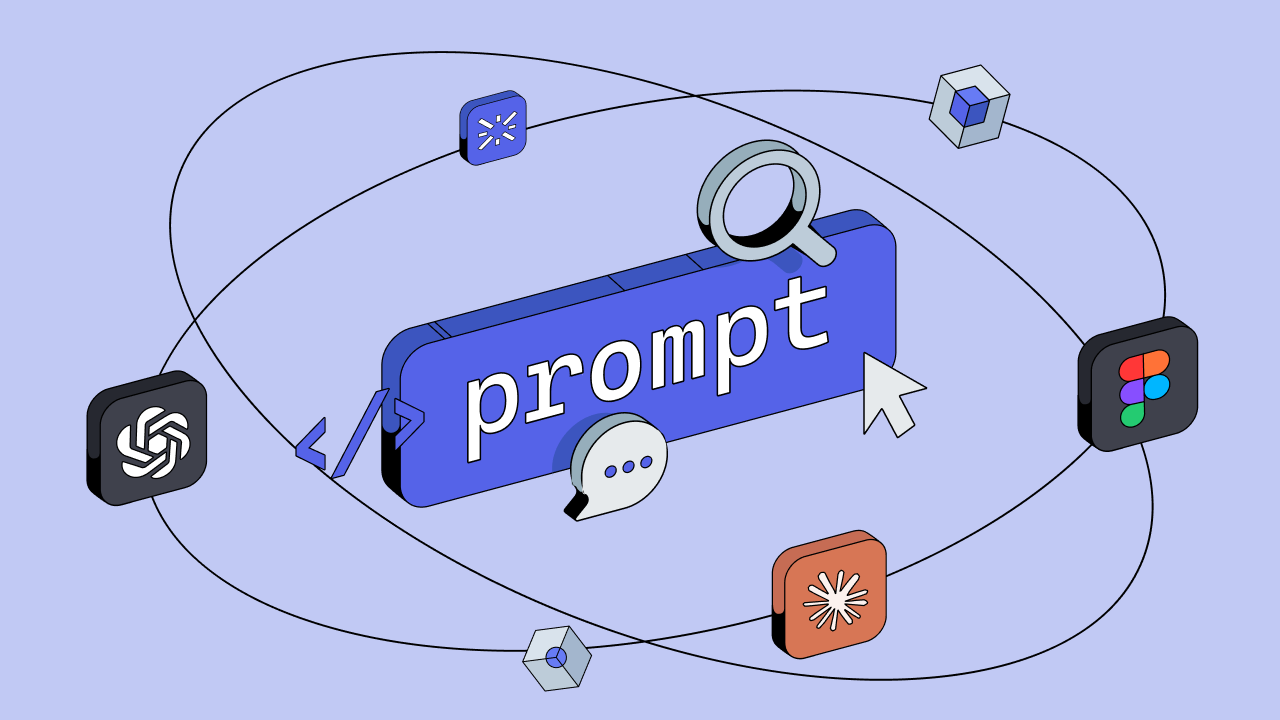Kiandra Insights
Your daily dose of insight from our team of passionate Kiandrians who share their thoughts, opinions and the latest news at Kiandra HQ.

Your legacy software is on borrowed time
Your legacy systems are quietly costing you time, money, and opportunity. Learn why they are on borrowed time and how a modern, low-code approach can help you move forward with confidence.

Replacing legacy systems with modern custom software
Many organisations across Australia still depend on systems built decades ago. These platforms once did the job, but they now act as barriers to growth. They are costly to maintain, difficult to scale, and risky to secure. More importantly, they can no longer keep pace with the expectations of staff and customers.

Software without security is a disaster waiting to happen
Not long ago, many businesses only considered security after a breach occurred. Today, that approach is too risky. Security needs to be designed into software from the very beginning and treated as a non-negotiable part of the software development life cycle.

Five reasons your digital transformation might fail
Not all projects succeed. In fact, research shows that around 70% of digital transformation initiatives fall short of expectations. The result? Wasted time, investment and resources. With more than $1 trillion being invested globally in digital transformation, this is an initiative you’ll want to get right.

The role of the Product Owner in successful software delivery
At Kiandra, we work closely with Product Owners to bridge the gap between their organisation’s needs and our delivery team’s technical expertise. This collaboration is crucial for keeping the project aligned to business goals, managing scope effectively, and ensuring value is delivered.

Prototyping with AI: how multiple LLMs improve software requirements
When projects succeed, it’s rarely by accident. Clear, accurate requirements are the foundation of great software but they’re also the part most prone to misunderstanding. At Kiandra, we use AI prototyping and a multiple LLM workflow to make this step faster, more accurate, and more collaborative.

Common challenges in the travel industry and how AI can solve them
Travel businesses need systems that do the work with faster quotes, smarter pricing, and better traveller experiences. We’ve mapped the common travel challenges in the industry, and exactly how AI can solve them.

Delivering AI projects with purpose: real lessons from the trenches
AI isn’t some futuristic toy we’re tinkering with on the side. It’s already woven into the way we get work done at Kiandra. Whether it's helping sift through mountains of invoices or modernising stubborn legacy code, we’re using AI to tackle the headaches that come with real-world software delivery.

AI and the human factor: what I’ve learned leading a team through change
As a Software Delivery Team Lead, I’ve experienced firsthand how our strength lies in pairing deep technical expertise with a culture that genuinely values people. We’re not here to chase hype. We’re here to build things that matter, with teams that are empowered, curious, and supported.
Let’s discuss your next project
Whether you’re curious about custom software or have a specific problem to solve – we’re here to answer your questions. Fill in the following form, and we’ll be in touch soon.







.svg)



